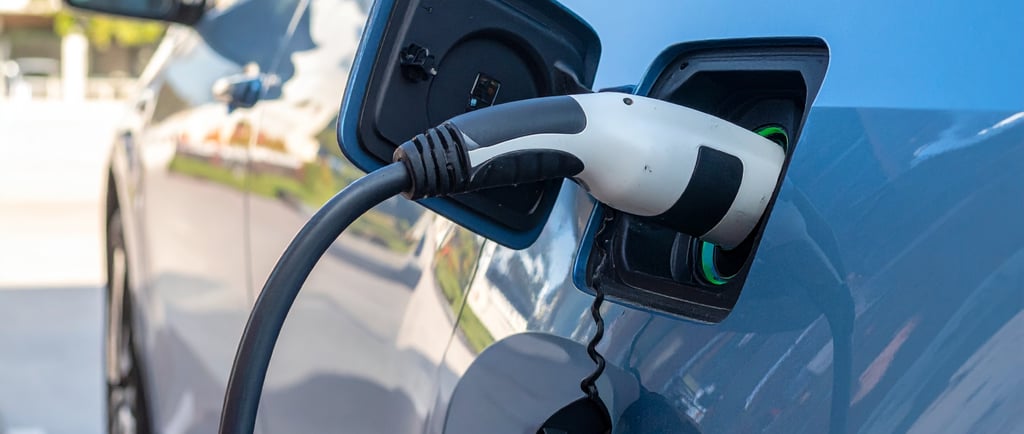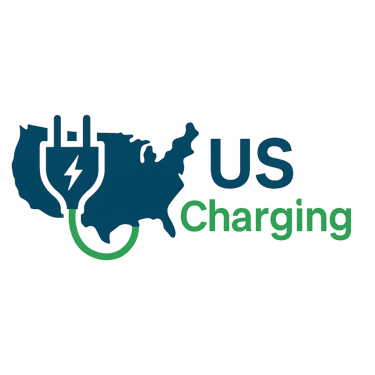Public vs. Private Access EV Charging: What’s Right for Your Business?
Public vs. Private Access EV Charging: What’s Right for Your Business?Blog post description.
7/27/20251 min read


When installing EV charging stations, one of the first decisions a business must make is whether to offer public or private access. Each option has its own advantages and considerations—what’s best depends on your business goals, property type, and customer base.
Private Access Charging
Private charging stations are limited to specific users—such as employees, tenants, or fleet vehicles. These chargers are often installed in gated lots or restricted-access areas.
Benefits:
Controlled usage and access
Reduced wear and maintenance
Can be integrated with internal systems or employee benefits
Best for:
Office campuses
Multi-family housing
Fleet depots
Employee-only parking
Public Access Charging
Public chargers are available to anyone with a compatible EV, usually visible on apps like PlugShare or ChargePoint. These often include pay-per-use features and operate under open access policies.
Benefits:
Attracts new foot traffic and customers
Eligible for additional incentives or rebates
Promotes your location as EV-friendly
Best for:
Retail and shopping centers
Hotels and restaurants
Public parking lots and downtown corridors
Hybrid Models
Some businesses adopt a hybrid approach—offering private access during business hours and public access after-hours. Smart charging platforms allow this kind of time-based control.
Conclusion
Choosing between public and private EV charging depends on how you want to engage your audience and manage your resources. With clear goals, you can tailor access to meet user needs while maximizing impact.
Tailored US Business consulting for reliable EV charging solutions | US Charging Consulting LLC
Newsletter
© 2025. US Charging Consulting, LLC. All rights reserved. T&C/Privacy Policy/Legal
